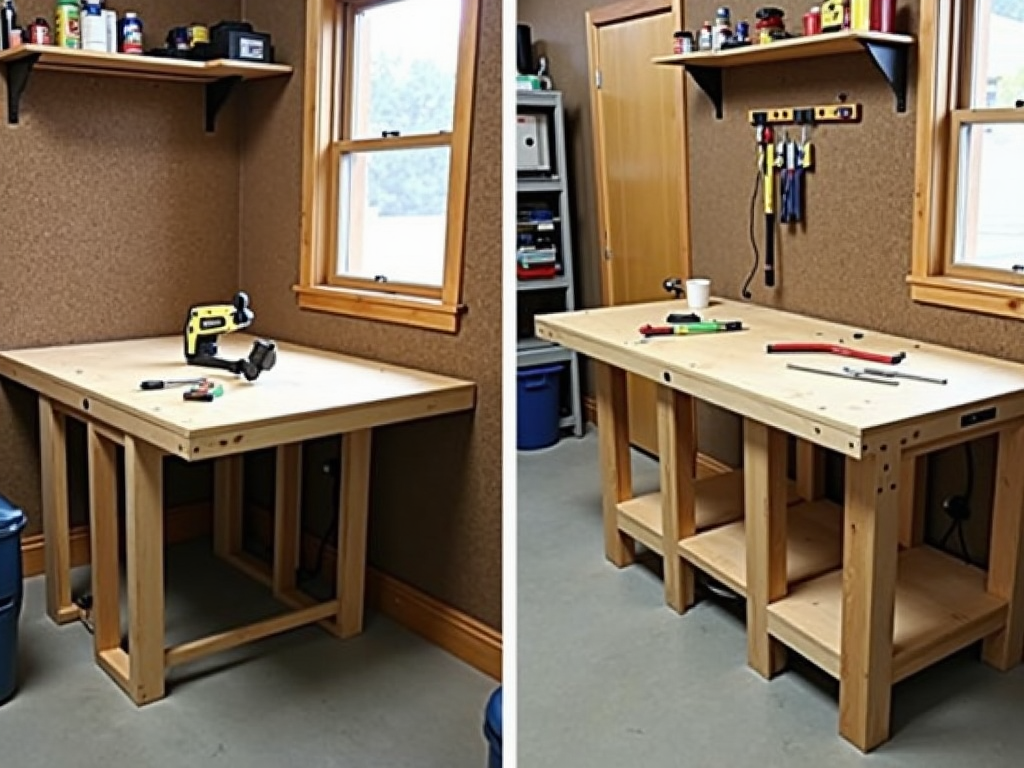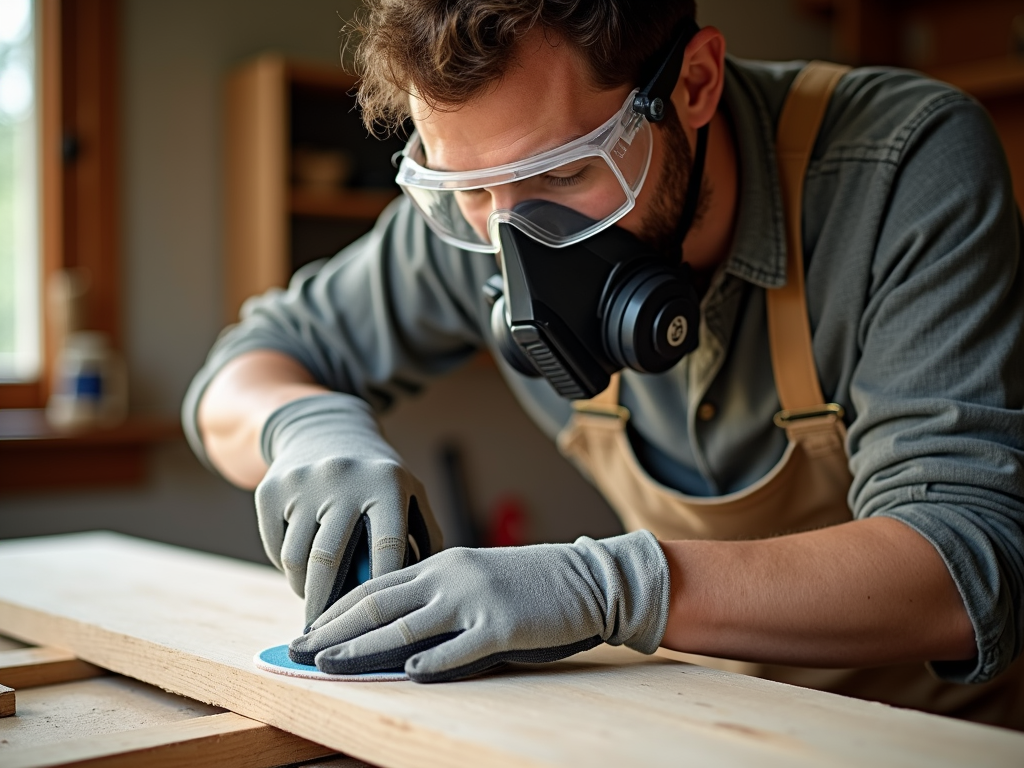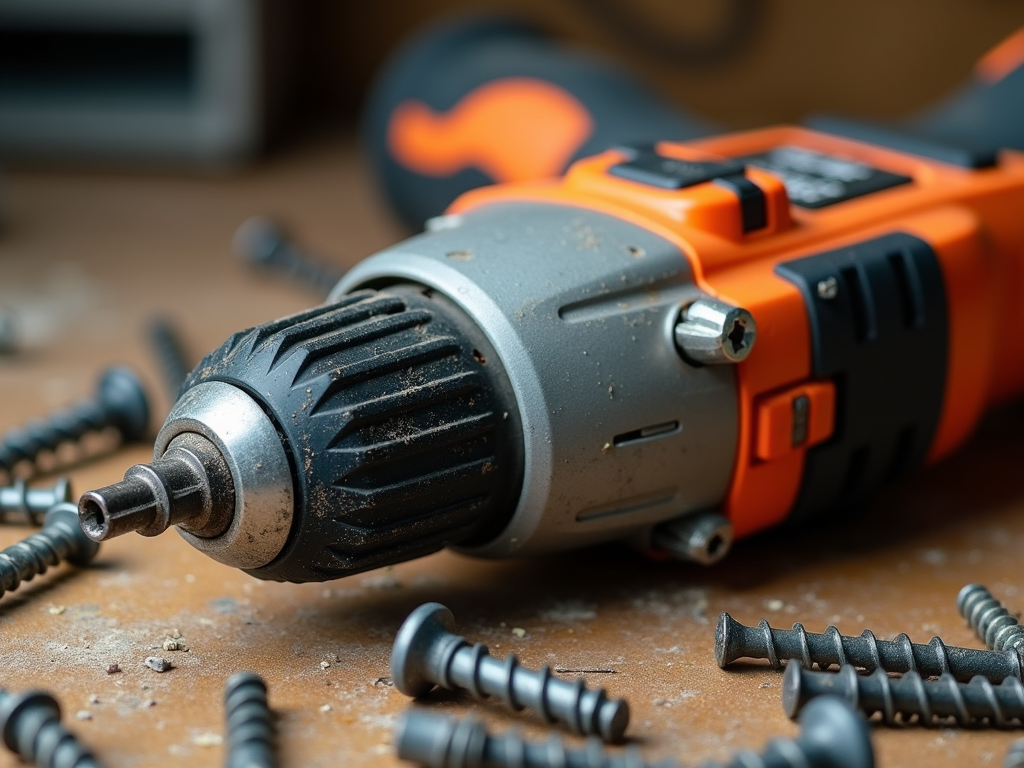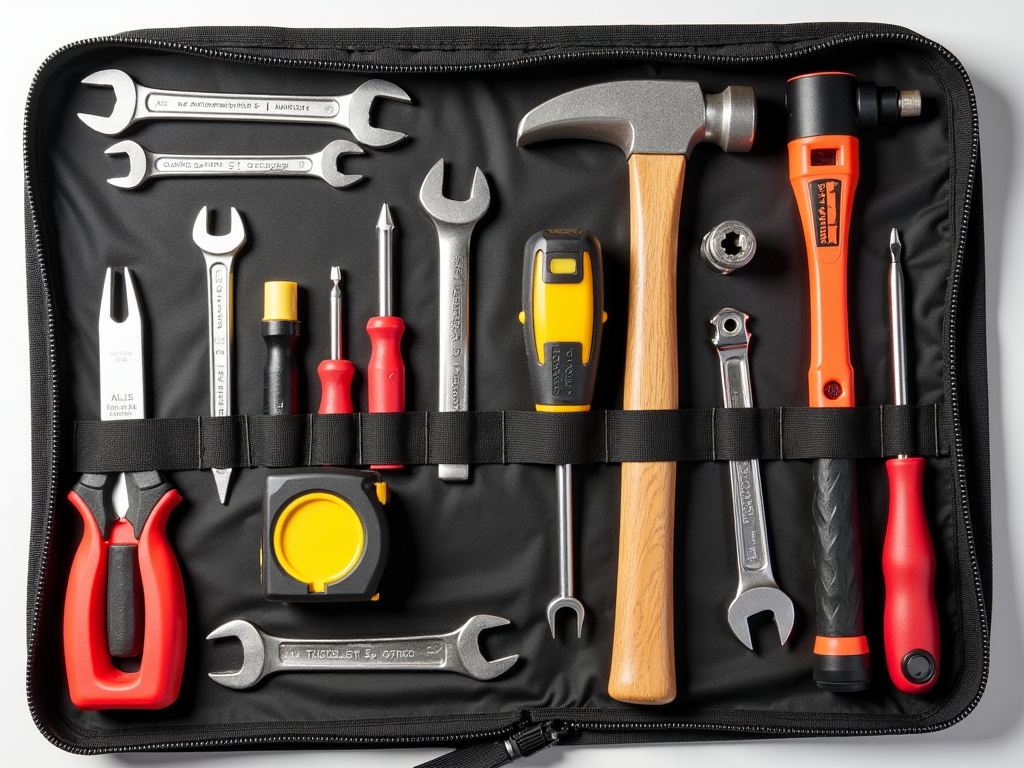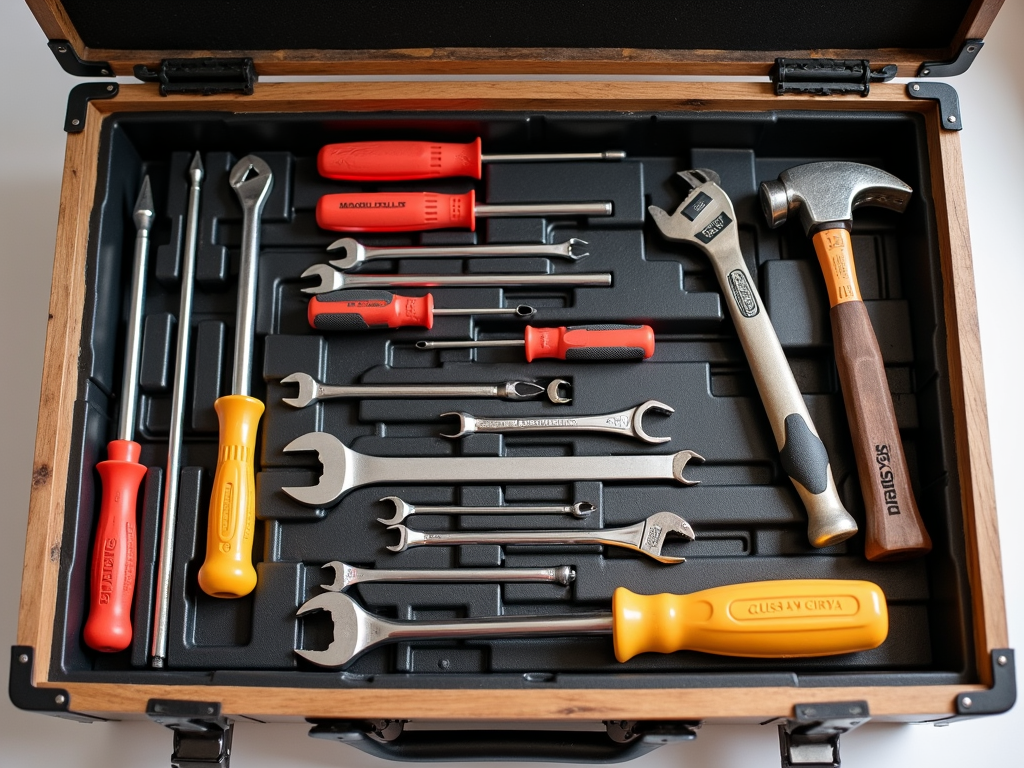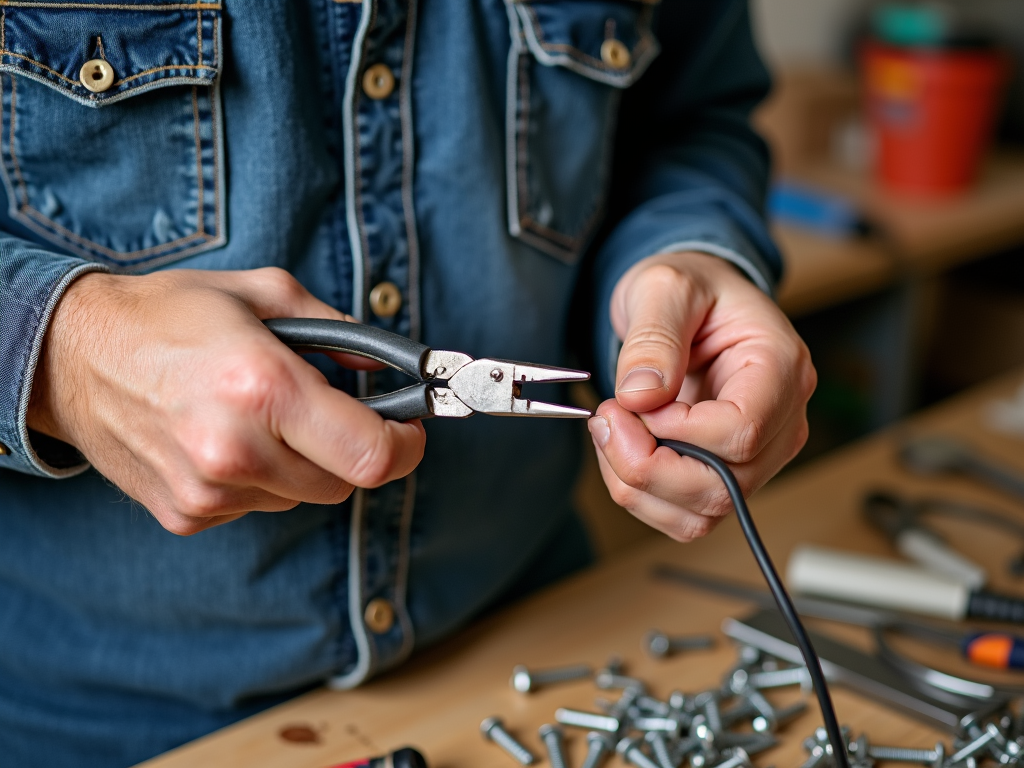In today's world, where space is often at a premium, creating a functional workshop can be a challenge. However, with the right DIY workbench plans for small spaces, you can maximize your workshop's efficiency and productivity. This article will guide you through the process of building a compact yet versatile workbench, share tips for organizing your workshop, and introduce you to essential tools that every handyman should have.
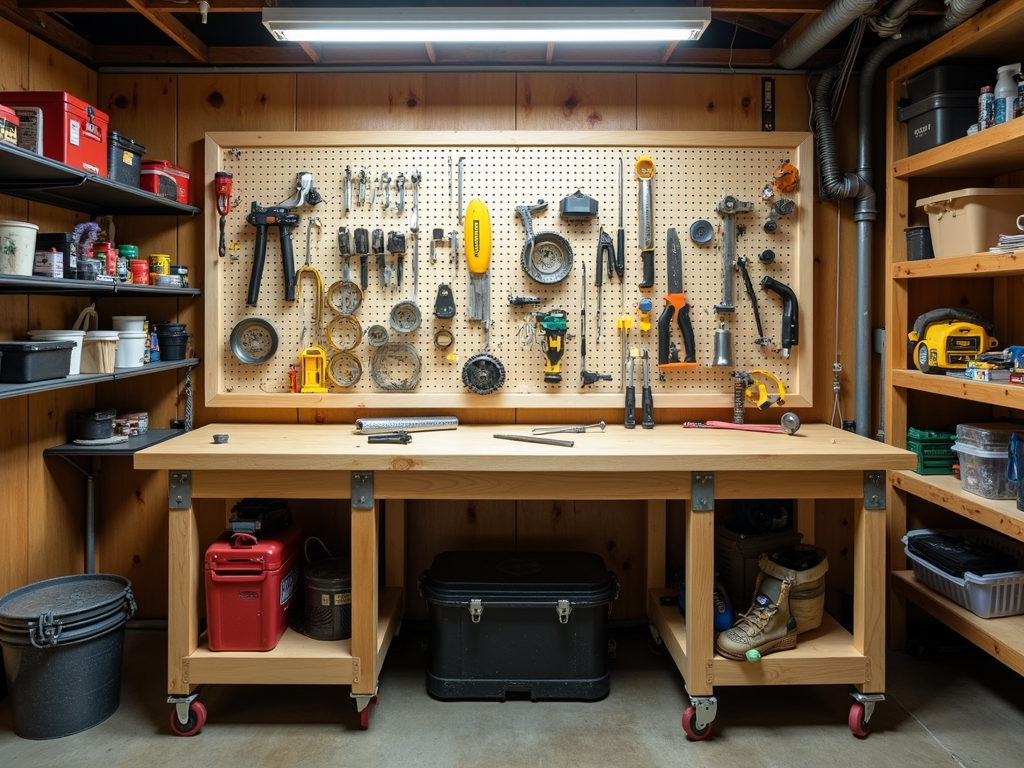
Planning Your Workbench
Before you start building your workbench, it's crucial to assess your available space and determine your specific needs. Measure the area where you plan to place your workbench and consider factors like the types of projects you'll be working on, the tools you'll need to store, and any additional features you might want, such as built-in lighting or power outlets.
Here are some popular workbench designs for small spaces:
| Design | Pros | Cons |
|---|---|---|
| Foldable | Space-saving, portable | May not be as sturdy |
| Wall-mounted | Saves floor space | Limited work surface |
| Corner | Utilizes corner space | May be less accessible |
Choose the design that best suits your needs and space constraints.
Materials and Tools Needed
To build your DIY workbench, you'll need a variety of materials and tools. Essential materials include lumber (such as plywood or MDF for the work surface and 2x4s for the frame), screws, and wood glue. As for tools, every handyman should have a set of basic tools, including a hammer, screwdriver set, drill, measuring tape, and level. These tools will not only help you build your workbench but also serve you well in future projects.
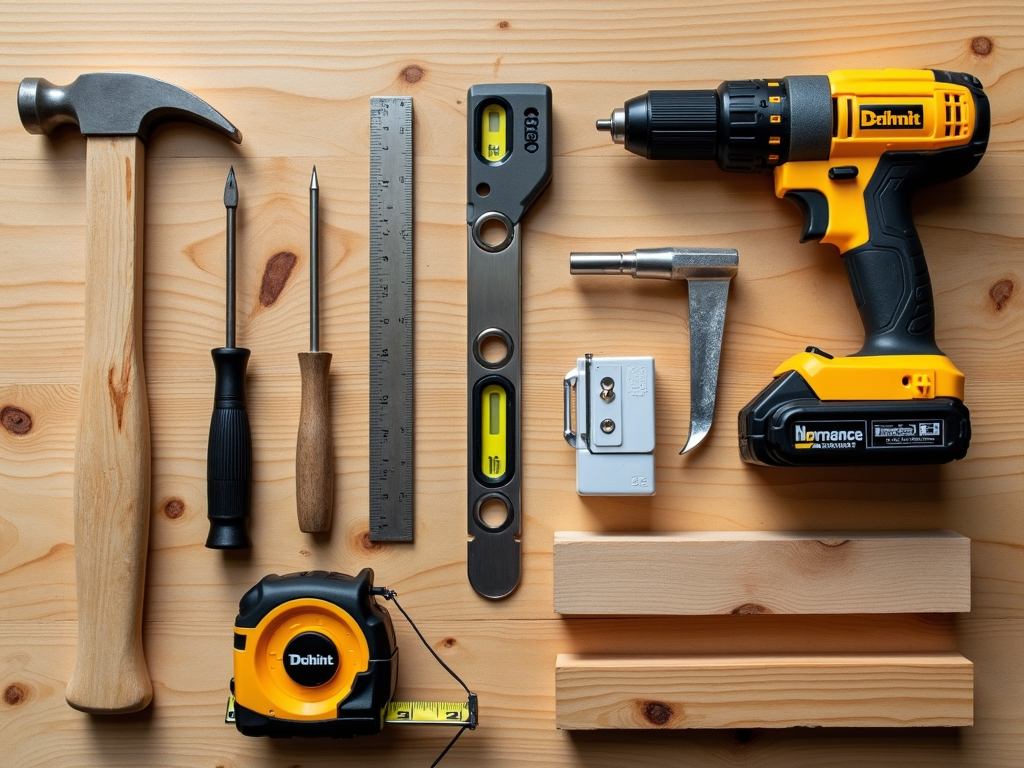
Step-by-Step Instructions
-
Cut the lumber: Using a saw, cut your lumber to the appropriate lengths based on your workbench design. Be sure to measure twice and cut once to avoid mistakes.
-
Assemble the frame: Using screws and wood glue, assemble the frame of your workbench. Make sure to check for squareness and levelness as you go.
-
Attach the work surface: Once the frame is complete, attach the work surface using screws and wood glue. Sand the surface smooth for a professional finish.
-
Add storage solutions: To maximize your workshop's efficiency, consider adding storage solutions like shelves, drawers, or a pegboard for hanging tools.

Workshop Organization Tips
Organizing your workshop is key to maintaining efficiency, especially in a small space. Here are some tips to help you make the most of your workshop:
- Use vertical space: Install shelves, pegboards, or wall-mounted cabinets to store tools and materials off the floor.
- Label everything: Clearly label storage containers and tool drawers to make it easy to find what you need.
- Keep frequently used tools accessible: Store your most-used tools within arm's reach of your workbench.
- Implement a cleaning routine: Regularly clean and declutter your workshop to maintain a safe and efficient workspace.

Essential Tools for Every Handyman
Every handyman should have a set of essential tools to tackle a variety of projects. Here are some must-haves:
- Hammer: A versatile tool for driving nails, removing nails, and light demolition work.
- Screwdriver set: Includes both flathead and Phillips head screwdrivers for tightening and loosening screws.
- Drill: A power drill is essential for drilling holes and driving screws quickly and efficiently.
- Measuring tape: Accurate measurements are crucial for any project, so a reliable measuring tape is a must.
- Level: Ensures that your projects are straight and level, preventing costly mistakes.
- Pliers: Useful for gripping, bending, and cutting wire, as well as holding small objects.
- Utility knife: A sharp utility knife is handy for cutting a variety of materials, from cardboard to drywall.
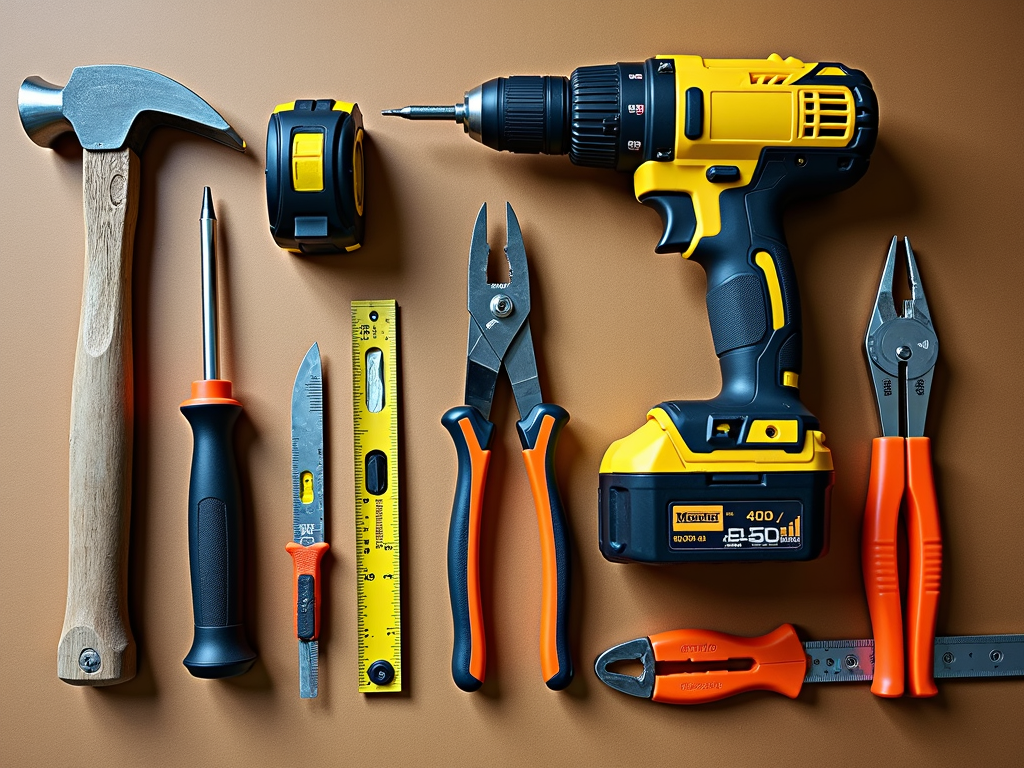
Maintaining Your Workbench and Tools
To ensure your workbench and tools last for years to come, it's important to maintain them properly. Here are some tips:
- Clean your workbench regularly: Wipe down the work surface after each use to remove dust and debris.
- Oil moving parts: If your workbench has any moving parts, such as drawer slides or casters, lubricate them periodically to prevent rust and ensure smooth operation.
- Sharpen blades: Keep your cutting tools, like saws and chisels, sharp for clean, efficient cuts.
- Store tools properly: Hang tools on a pegboard or store them in a toolbox to prevent damage and keep them organized.
- Inspect for damage: Regularly check your workbench and tools for signs of wear or damage, and repair or replace them as needed.
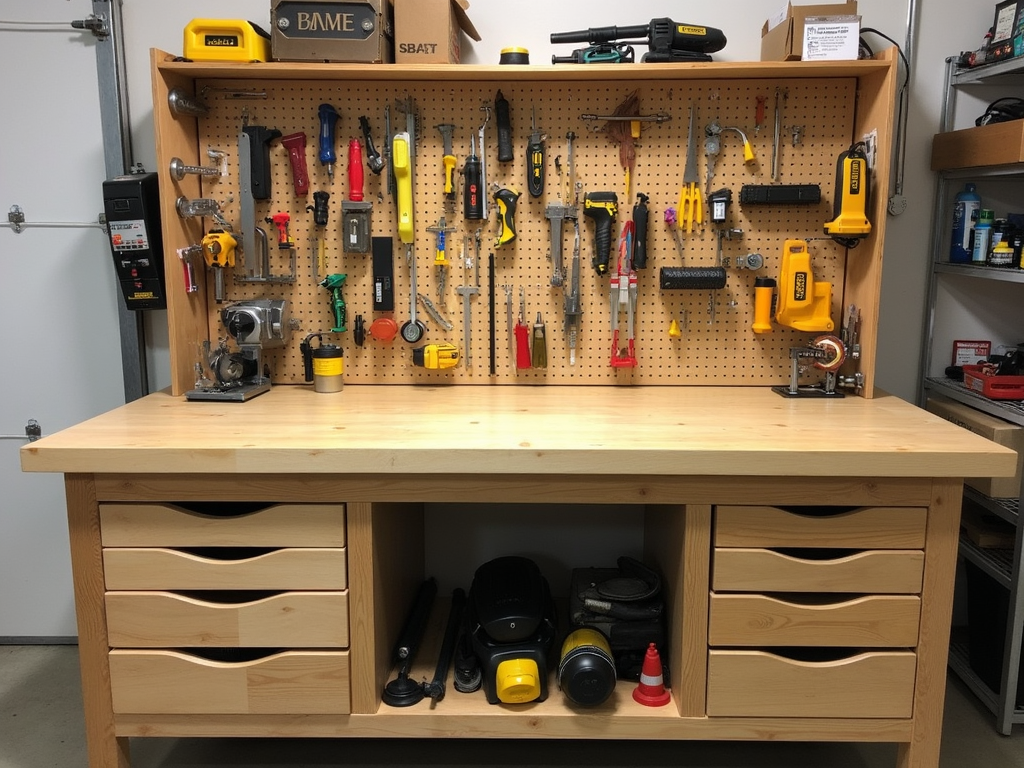
Conclusion
Building a DIY workbench for a small space is a rewarding project that can greatly enhance your workshop's efficiency. By following the plans and tips outlined in this article, you can create a functional, organized workspace that meets your needs. Remember to invest in essential tools and maintain your workbench and tools properly to ensure they serve you well for years to come.
Related DIY Workbench Plans for Small Spaces:
- 10 Space-Saving Storage Solutions for Small Workshops
- Essential Safety Tips for Your Home Workshop
- Power Tools for Metalworking: Your Ultimate Guide
- Visualizing the Future: How AI and Automation Are Shaping Industry
- Top 10 Must-Have Modern Workman Tools for Every DIY Enthusiast
- The Ultimate Guide to Cordless Drill Care
- A Beginner’s Guide to Building Your Construction Tool Kit
- Tool Maintenance Tips for Longevity and Safety
- Understanding the Importance of Advanced Safety Features in Power Tools
- Essential Tools for Every Handyman: A Comprehensive Guide
- The Future of Workshop Equipment: Trends to Watch
- How to Pick the Perfect Screwdriver for Any Task
